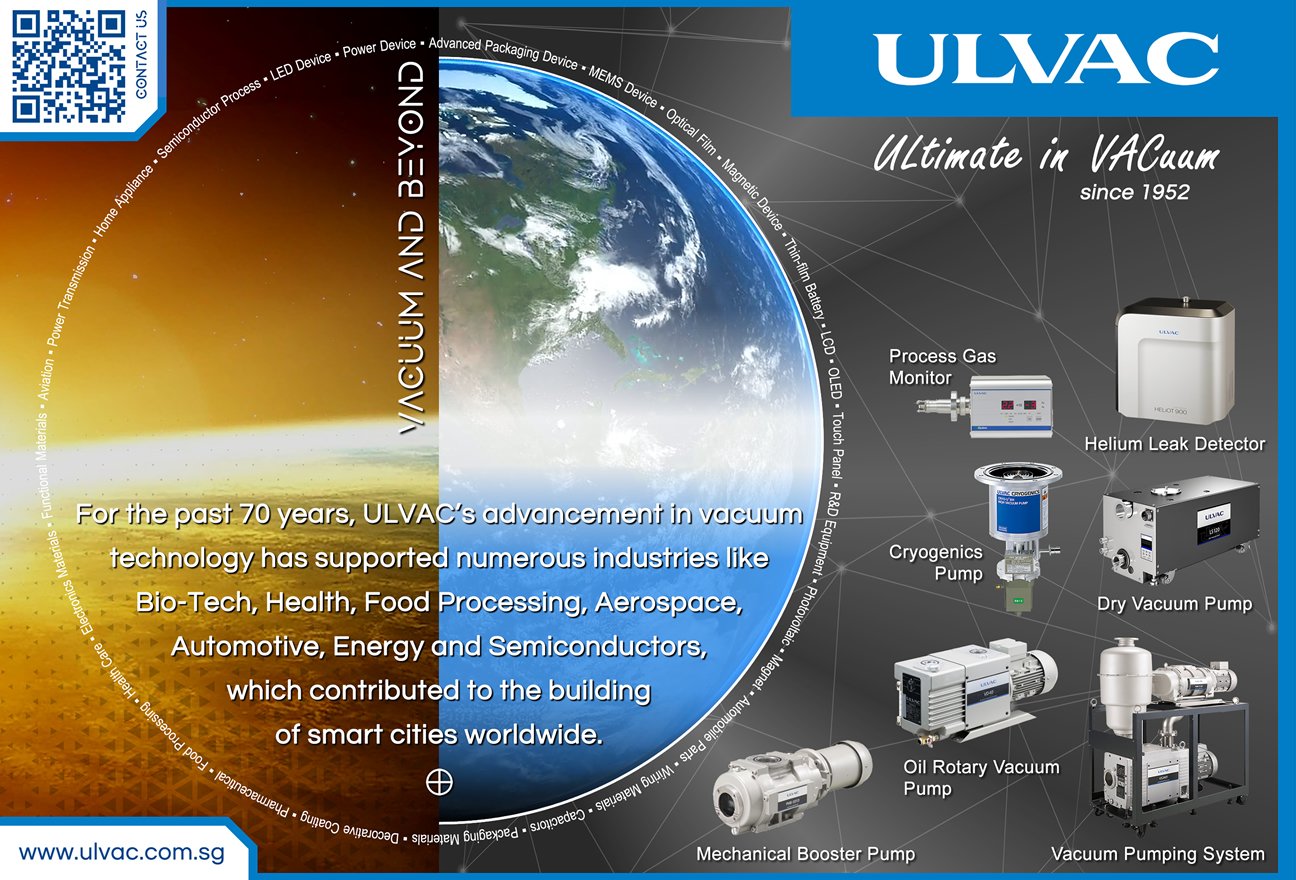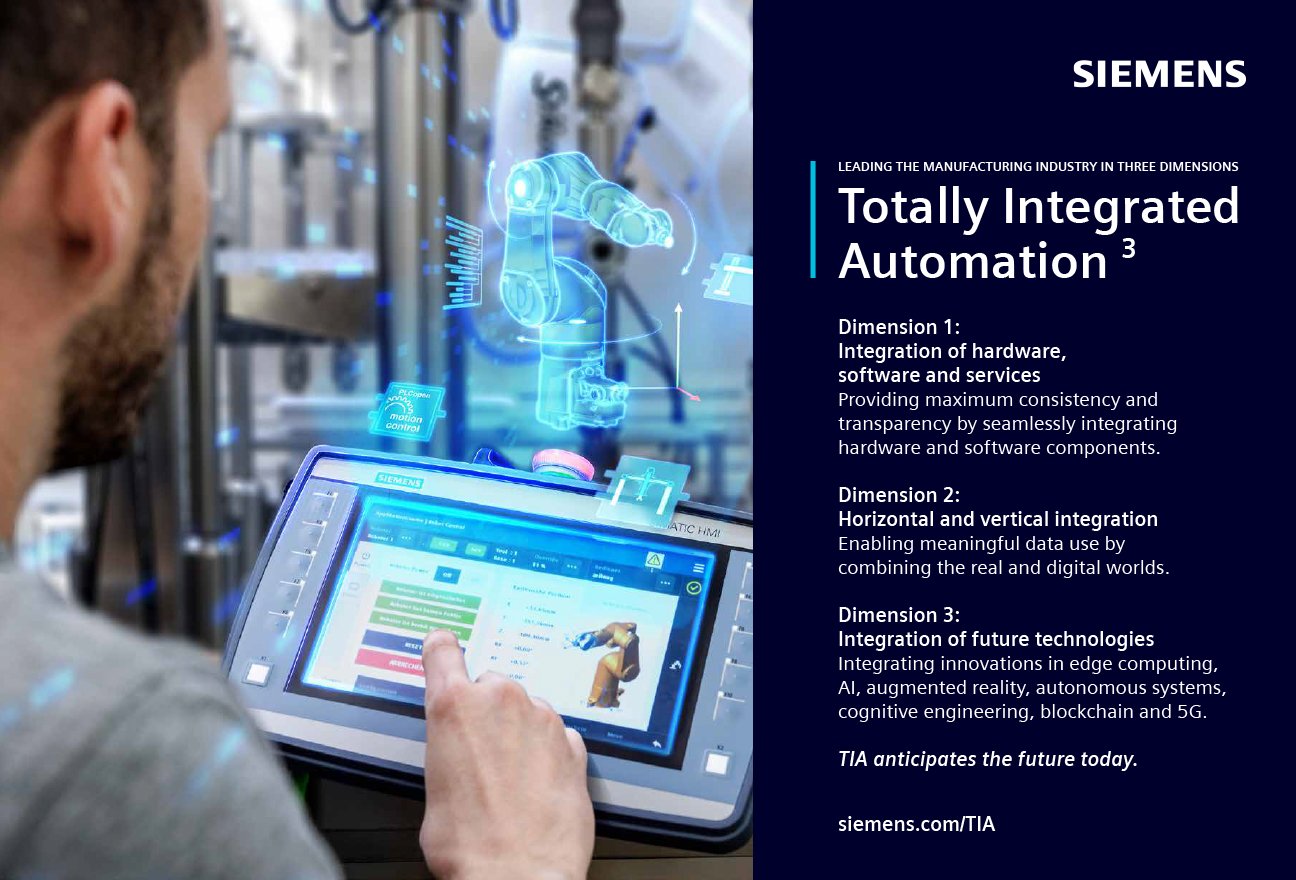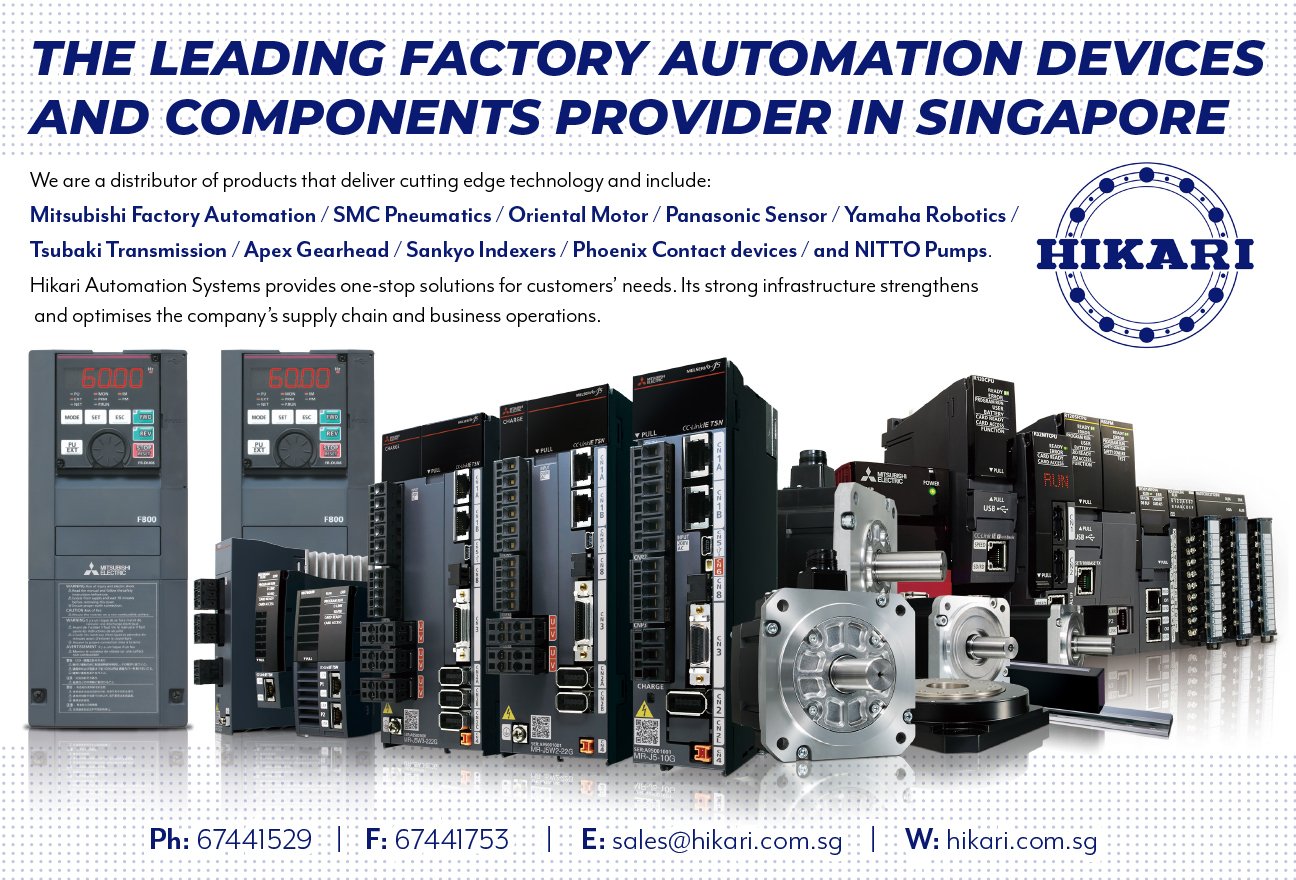After 20 years with precision tooling and plastic moulding manufacturer Hi-P International, with 18 of those years spent living abroad in Shanghai, Gary Ho decided to take some time off and reflect on where he’d like to take his career next.
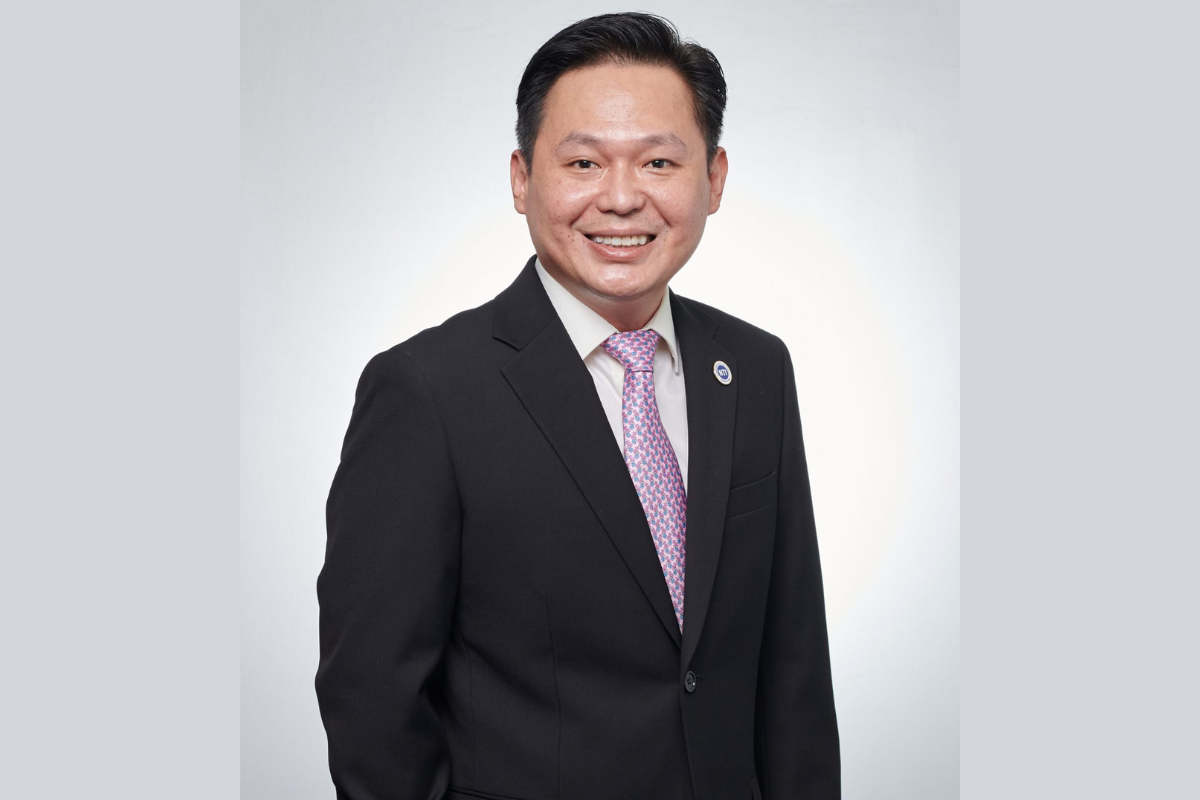
“I moved back home to Singapore and took a sabbatical to really think about my next career move and contemplate my goals,” he tells The CEO Magazine. “At the same time, I was focused on spending quality time with my family and enjoying the change of scenery.”
It was mid-2016, and Gary recalls a glorious period away from work emails reconnecting with his family. “We had some memorable gatherings and several overseas holidays,” he says. But, like many of us, he was unable to switch off entirely. “I was still exploring opportunities, and I found there were many roles of interest in the contract manufacturing industry,” he says.
After closing the door on what he now refers to as his “first career”, Gary was ready to embark on the next stage. And that just happened to be in Singapore, with Nanofilm Technologies International – Asia’s leading nanotechnology solutions provider.
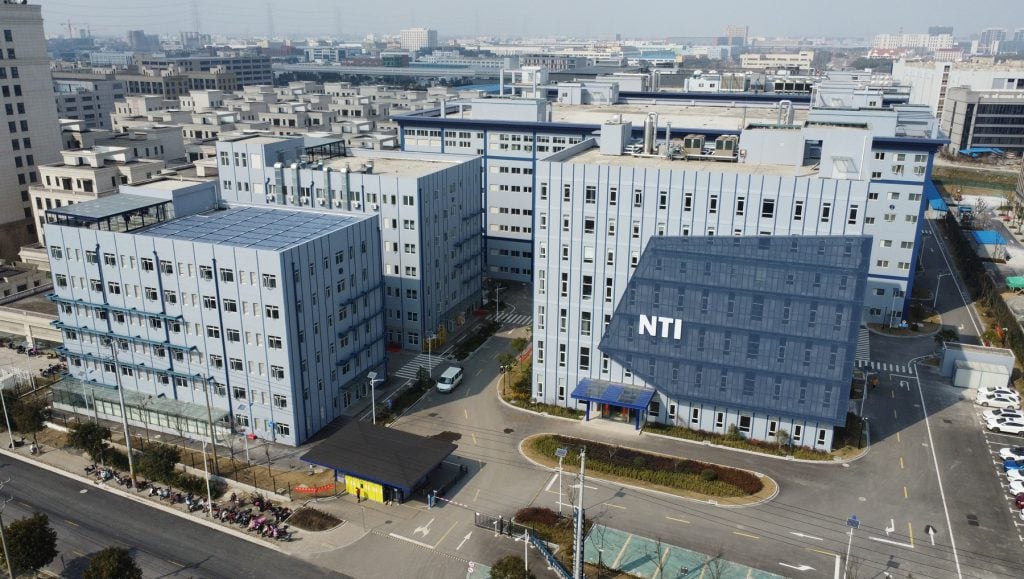
The opportunity to join a big tech company was an exciting prospect, especially a homegrown Singaporean one. “What attracted me to Nanofilm was the mission-critical technological solutions that are key enablers across a wide variety of industries and products,” he explains. “There was also the question of how we could embed ourselves with customers as a result, to bring business certainty and stability.”
For Gary, it’s been a very fulfilling journey. “There hasn’t been a dull moment yet,” he says. After starting out in early 2018 as CMO, he was appointed CCO in 2020. “I drove all commercial and sales activities and made notable traction in our nanofabrication, emerging and automotive businesses, in particular,” he explains.
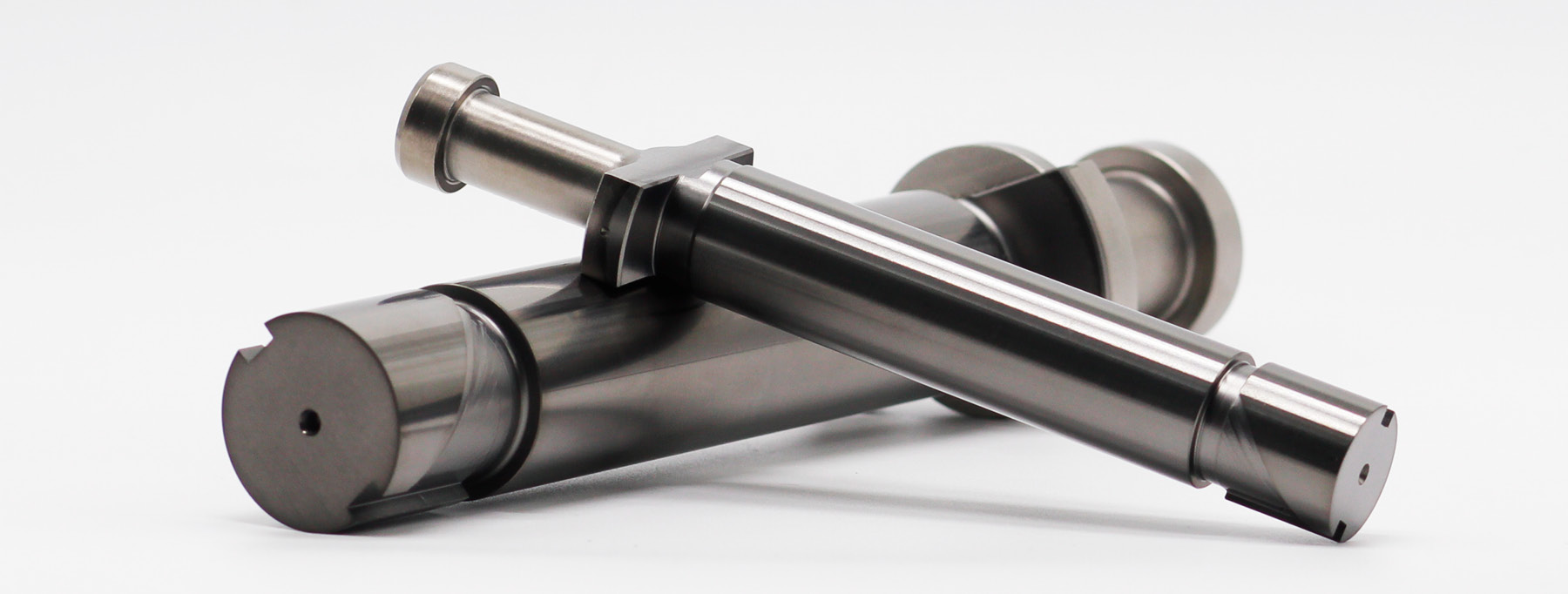
What attracted me to Nanofilm was the mission-critical technological solutions that are key enablers across a wide variety of industries and products.
The leading edge
Nanofilm made its debut on the Singapore Stock Exchange in October 2020, and Gary assumed Group CEO responsibilities from January 2022. “My key responsibilities are to lead the company into its next phase of growth as a listed company, by driving and reinforcing our business units and strategy,” he says.
To achieve this, Gary is drawing upon the lessons learned during his early career. “Over the years I’ve built up certain core values that I believe will help drive the business moving forward,” he explains. “And I intend to inculcate these into all the business units and my direct reports.”
Passion is the starting point – a quality he believes is essential in a good leader. “We also need an entrepreneurial spirit, so we really think of our roles not just as a job but as our own business. This will breed a strong sense of ownership and accountability, as well as a responsibility to all stakeholders, whether that’s our customers, our employees or our investors.”
With that in mind, he explains his current priority is to build specialised teams for each of the specific industries and markets Nanofilm is present in: electronics, communication and computers (also known as the 3Cs); automotive; new energy (solar, hydrogen fuel cells and advanced batteries); biomedical; and optical sensing.
“It’s about finding the right people with this entrepreneurial mindset for the right job, and then giving them the space to truly excel in their respective roles,” he explains.
Over time, Gary has seen opportunities for each of these dedicated market units to become independent, standalone companies in their own right. “For instance, the automotive team knows the automotive business inside out,” he explains. “They’ll have the full end-to-end expertise, from sales and marketing to engineering, operations, procurement, human resources and financial, to allow them to take their business forward.” In addition, these teams still have access to the same group technology platform and know they have the support of the company’s research and development and other corporate functions.
“This is the core of the BU-centric business strategy we are adopting,” he explains. “My key task is to nurture and build our business units to be independent for growth acceleration by providing them with the necessary support, as well as instilling our operational excellence, accumulated over the past two decades, along the way. This will better position them to identify and capture opportunities themselves.”
Success story
Founded in Singapore in 1999 by Dr Shi Xu – then an Associate Professor at Nanyang Technological University with a PhD in Physics from the UK’s University of Reading – Nanofilm is a textbook business success story.
Fascinated by materials research and product development, the academic saw the potential of what would become Nanofilm’s proprietary FCVA (filtered cathodic vacuum arc) coating technology to revolutionise the material science industry.
With a start-up capital of US$216,000, he swapped his “comfortable and stable” career (as he has described it) to take on the established American, European and Japanese nanotech players – and their conventional technologies.
It was a brave decision, but one that has paid dividends multiple times over and continues to do so. Nanofilm’s proprietary advanced materials technology and in-house nanofabrication capabilities have made the business the name of reference for customers around the globe, including Fortune 500 companies in search of high-quality coatings for plastics, rubbers, ceramics and metals.
As well as its headquarters in Singapore, the company now has a presence in Japan, China, Vietnam, Germany and the United States, and more than 3,000 employees. Today, Founder Dr Shi is Nanofilm’s Executive Chair.
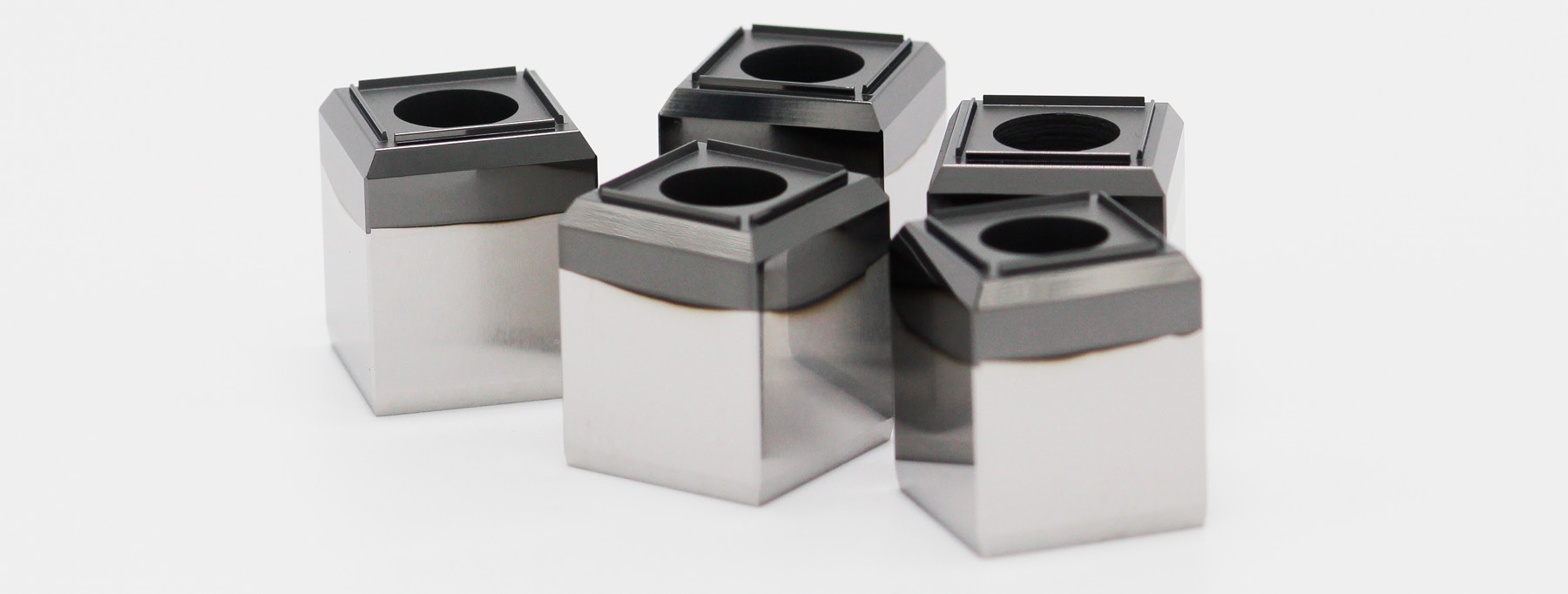
Yes, it’s a very exciting period of time, but I would like to remain focused on building a strong foundation.
“If you look at our track record over the last 23 years, the company has evolved from where our founders started, which was providing part of the coating system, to complete coating systems,” Gary says. “From there, we moved into services and components.”
The company is now entering a new evolutionary phase, driven by value chain integration, its initial public offering and the recently announced SGD140 million (US$100 million) joint venture with state-owned investment company Temasek. Together they are establishing Sydrogen Energy, a hydrogen energy business that will be able to leverage Nanofilm’s proprietary technologies.
There’s a lot to be enthusiastic about, but Gary isn’t letting himself get carried away. “Yes, it’s a very exciting period of time, but I would like to remain focused on building a strong foundation,” he explains. And he’s in no rush to tick off achievements, either.
“I’m not here for the hundred-metre sprint,” he smiles. “I’m here for a marathon, a long-term approach that will allow me to build a sustainable growth platform.”
Sustainable innovations
As well as driving its BU-centric strategy, Gary explains that Nanofilm’s long-term goal as a big tech player is to continue to invest in sustainable innovation. “In many cases we are actually involved in what we call mission-critical solutions,” he explains.
“Our solutions help our customers reduce their reliance on precious raw materials and, as such, the emissions associated with mining them.” Nanofilm’s proprietary technologies also enable the manufacturing of lighter and stronger products, he adds.
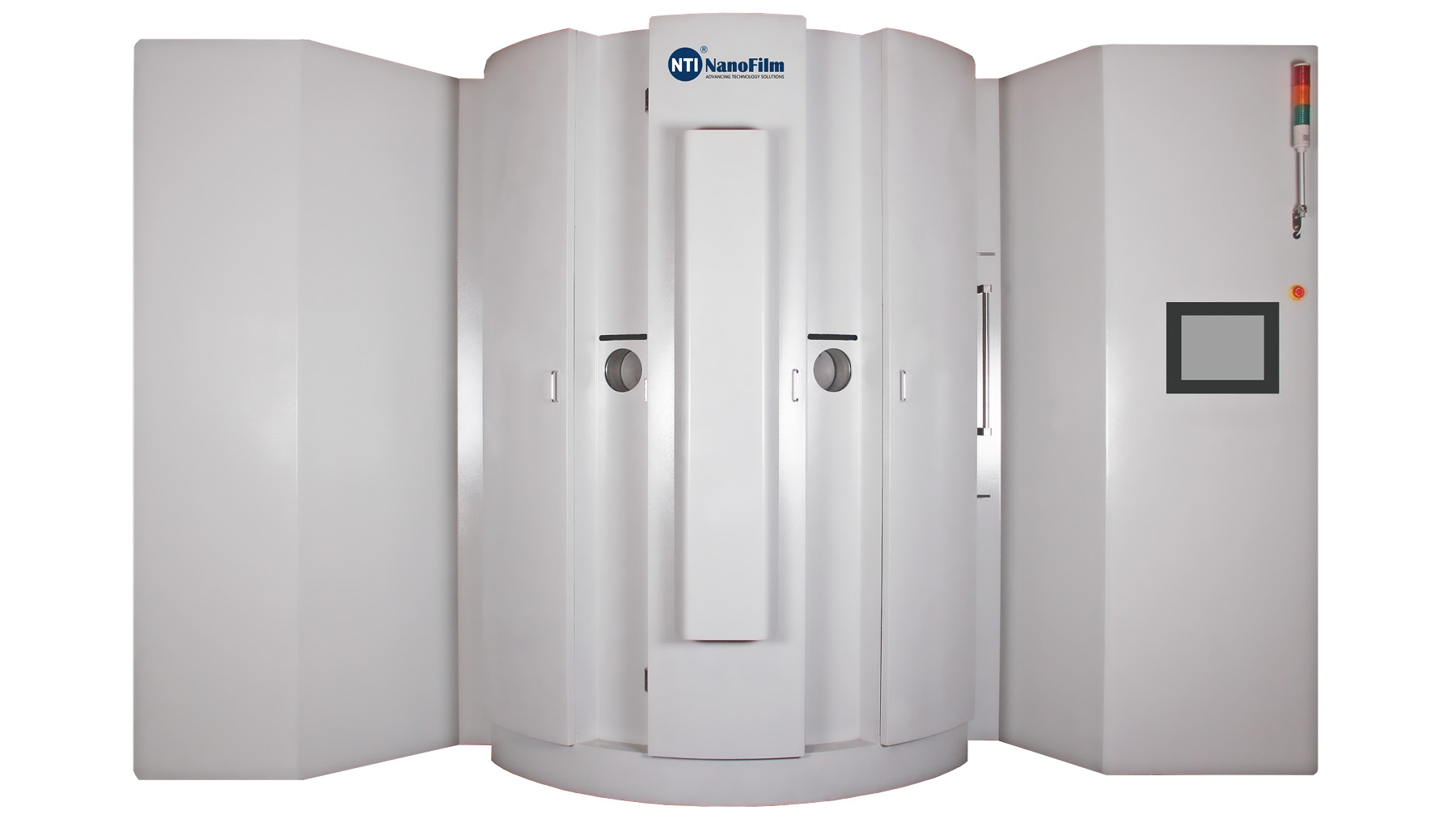
It’s important to balance strategic objectives with an understanding of what’s happening on the ground.
“We are increasingly moving towards a digitised manufacturing process that is also greener,” he continues, listing the benefits of sensor and AI-driven technologies, such as waste reduction, increased use of renewable energy and zero-waste discharge. “The future of manufacturing will converge the digital and physical worlds, combining sophisticated hardware with innovative software sensors and massive amounts of data and analytics,” he predicts.
The results will come in the form of smarter products, more efficient processes and more closely connected customers and suppliers. “We are embarking on a truly transformative time,” he says.
Leadership lessons
Experience has taught Gary that the role of a leader is to enable others to carry out roles and responsibilities, rather than try to do everything by themselves. And, in order to achieve that, a clear vision and direction needs to be set to allow the team to have the required visibility of the path towards corporate goals. “As we progress in the execution of our strategy, we always need to lead by example and remain people-centric, compassionate and empathetic,” he says. “It’s important to balance strategic objectives with an understanding of what’s happening on the ground.”

I Spy… Nanofilm
Take a look around your home, and you’ll be surprised to find many uses for Nanofilm’s proprietary coatings technology. From fuel cells in your car, to the computers, laptops and printers in your study, solar film panels on your windows and even personal grooming products in your bathroom.
If anyone understands that staff wellbeing and welfare is just as important as driving business, it’s Gary. “Over the years I’ve learned to carve out a work–life balance the hard way,” he says, explaining it has been a long, slow process to get to a place where he only brings work home when absolutely necessary.
“I’ve spent a lot of time and effort really building up teams who can deliver the same quality of work. I’ve learned how to delegate, and started to release myself in order to become a much more balanced person,” he says.
He appreciates now just how crucial the right organisational support structure is to achieve this. “Transparent systems and procedures, and an understanding of who is responsible for what and the desired outcomes, are part of what makes a harmonious culture,” he says. “Then, as a leader, you can really have the luxury of a work–life balance, because you know there is a team of people you can really count on keeping the business running. You’re able to go home and sleep peacefully at night.”
ULVAC Singapore
Toyo Tanso Singapore
Factory Automation APAC
Hikari Automation Systems

